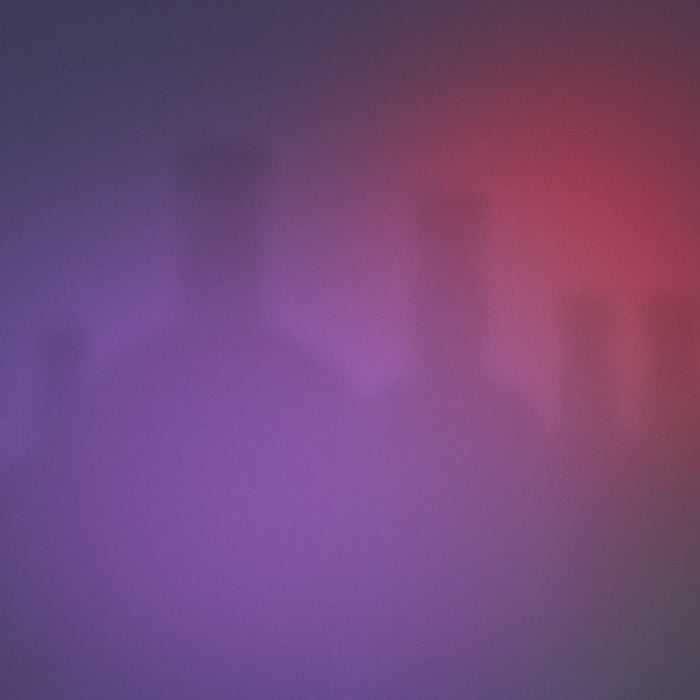Out-of-this-World Rums
"Houston, we’ve detected possible signs of life out here."
"Interesting, Johnson. Can you get a detailed read on it?"
"Looks like it’s own universe, Houston. And it smells suspiciously like... Rum."
"Rum, you say? Hold tight, Johnson. We’re sending back up."
Your mission, should you choose to accept it, is to explore the depths of the Rum Galaxy.
Your galactic expedition will take you to the far reaches of both hemispheres, where undiscovered worlds of Rum awaits. Here, the El Salvador, Grenada, Peru, Pacific and Costa Rica hold court — drawing intrepid Rum seekers into their orbit.
Now, it’s your turn — and there’s no time to waste. Are you bold enough to seek and savor these superstar Rums before they go supernova? Remember, luck favors the bold. Let the journey begin!
Ah, the Rum galaxy. Truly a wondrous place. But much like our universe, its origins are a bit, uh, murky. It’s likely Big Bang moment: the 17th century.
Caribbean sugar plantations had a serious problem on their hands — an oversupply of industrial waste in the form of molasses. Clearly, 17th century planters weren’t up to snuff on their gingerbread cookie recipes. As a result, they were left with more molasses than they knew what to do with. Turns out, slaves on these Caribbean sugar plantations had a solution for all that sludge: fermentation. Through a bit of tinkering, the result of this process yielded the drink you know and love today — Rum.
Today, the effects of this Caribbean Big Bang have rippled across the Rum galaxy. One of its biggest stars? All of these 3 stars will take you their own part of the universe if not even into a black hole.
But don’t take our word for it. The time has come to taste. We’re counting down to lift-off! In 3… 2… 1…
Cheers!
Smartass Corner:
1) Rum’s got tropical blood coursing through its veins. Most of it is produced in the tropics because of how easy it is to grow and cultivate sugarcane in that climate. But to be honest, Rum can be distilled anywhere that you can ferment molasses (or sugarcane juice).
2) You might find Rum masquerading itself under other nom de plumes, like Ron, Rom and Rhum.
3) The difference between a dark and a light Rum all lies in how it’s aged. Dark Rums get their brown hue from the barrels and casks they’re fermented in. Steel drums are usually used to produce light Rums, hence the absence of color.
4) Technically, NASA astronauts are banned from drinking alcohol in space. In the 1970s, however, they briefly flirted with a "space Wine" (a creamed Sherry) for the astronauts aboard the Skylab space station. The U.S. public was so outraged over the thought of astronauts boozin’ it up, NASA decided to ban alcohol indefinitely.
5) The Russians though? They’ve been known to enjoy Cognac on their space travels. Doctors even recommended Cognac as a remedy to "neutralize the harmful effects of the atmosphere."
6) In 2011, NASA sponsored an experiment that studied microgravity’s effect on Whisky and the charred oak wood that helps age it. They found that after 1,000 days in space, the Whisky’s tannins were unchanged, but the wood chips imparted a higher concentration of flavor in space than they did on Earth.
7) If the center of our galaxy had a signature scent, it would be Rum. Yup, astronomers studying a giant cloud in the Milky Way found a substance called ethyl formate, a chemical that smells suspiciously like Rum.


 Only left •Last few at this price. Grab it now!
Only left •Last few at this price. Grab it now!





























